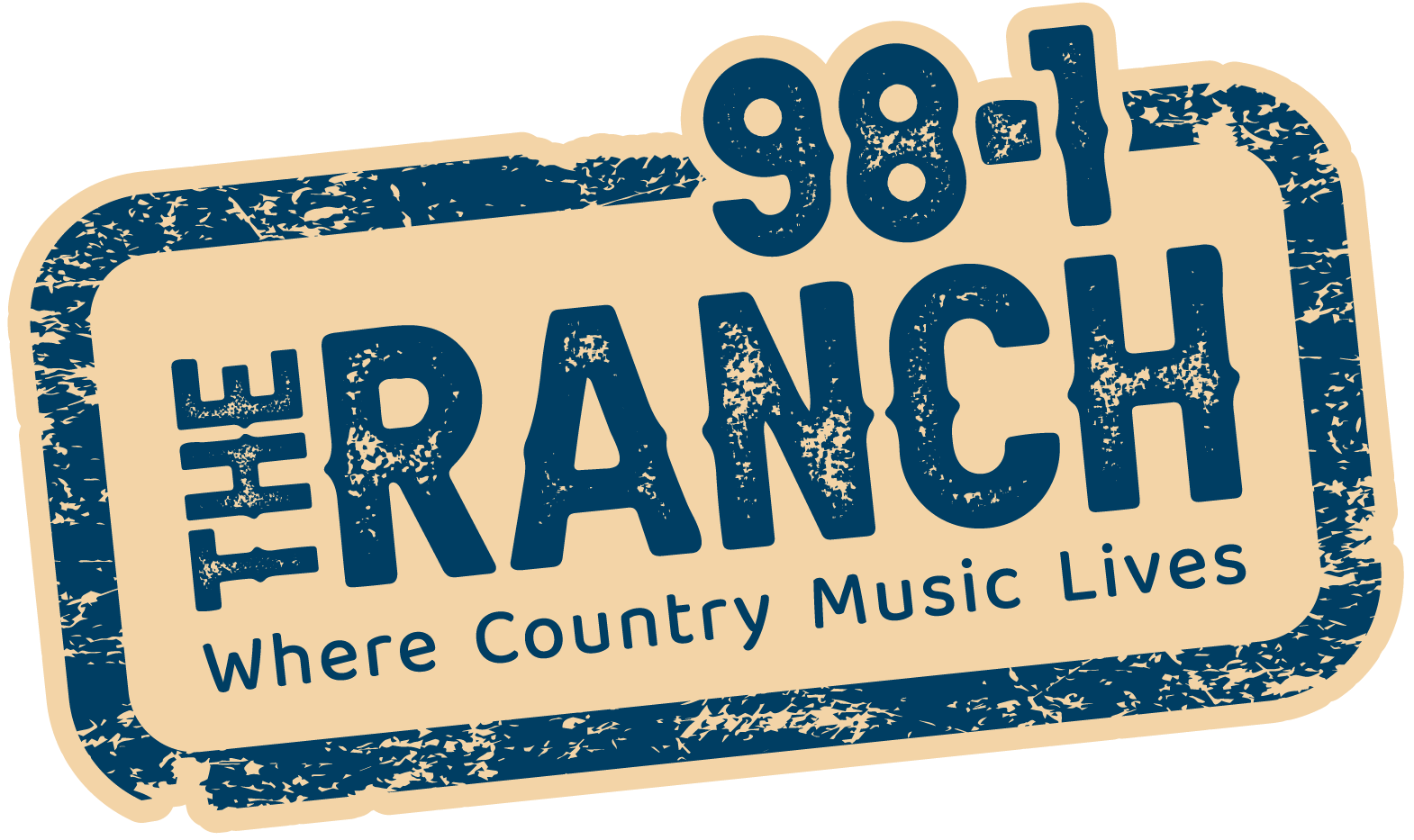Proposed changes to the City of Lethbridge’s Automated Traffic Enforcement (ATE) program is a growing concern, as Lethbridge continues to expand exponentially with drivers on the road.
According to Lethbridge Police Service, the ban of cameras at all intersections, on provincial highways and roads that connect them and the use of speed cameras in playgrounds, schools and construction zones is being proposed with no date yet announced for implementation province-wide.
LPS notes these devices have been demonstrated to improve driver behaviour, reduce speed and decrease the number and severity of collisions. “They also supplement Lethbridge Police Service resources, since police cannot always be present using traditional traffic enforcement methods.”
“There’s evidence these devices have reduced traffic infractions where they’ve been deployed,” says Chief Shahin Mehdizadeh.
According to the police chief, there’s been a 41 per cent decrease in revenue over the last five years, even with the city’s population growth. “Which is good news.”
In regards to road safety, Mehdizadeh says the data reports the devices are working and speeds are reducing and infractions are lower. “Hence, the revenues are lower.”
In Lethbridge, the ATE program has never been used as a mechanism for generating revenue. “All of the funds raised are sent to the City and used to pay for the program itself, as well as any additional traffic safety initiatives identified by LPS and the City’s Transportation Department,” adds LPS.
“Some of the rumours it’s a money generating initiative for the police, that’s not true in Lethbridge,” adds Mehdizadeh. “The police service does not get any of that fund coming to our services.”
Adding new ATE sites to high-risk areas is already prohibited by the provincial freeze implemented in 2019. These proposed changes would see a further decrease to ATE sites, despite many requests from the public more be done to address high-risk areas where drivers’ habits need to be addressed to ensure the safety of residents.
In a recent citizen survey, Mehdizadeh explains, almost 80 per cent of residents surveyed noted they wanted devices to stay or increase the locations the devices are deployed. “This is true in any town hall we’ve done. We have done six town halls since I’ve been the chief of police and in every town hall, one of the top complaints we hear from the citizens is about traffic and speeding and people not abiding by the rules. There’s demand by our citizens to deploy photo radar more often in more locations.”
Mehdizadeh says if we don’t have the devices and technology to get motorists to abide by traffic rules, police have to deploy more resources and traditional ways to do this. “Which is going to cost taxpayers more money.”
Mayor Blaine Hyggen adds safety in the community is a number one priority and ATE initiatives create a safer community. “If you don’t want a ticket, the best way to not get a ticket is to not speed or not go through a red-light camera,” notes Hyggen. “Those initiatives and measures are paid for by those not abiding to the law.”
According to Hyggen, the dollars that come from photo radar does come to the City. “It doesn’t go into a coffer that can be used for anything. It goes into safety measures.”







